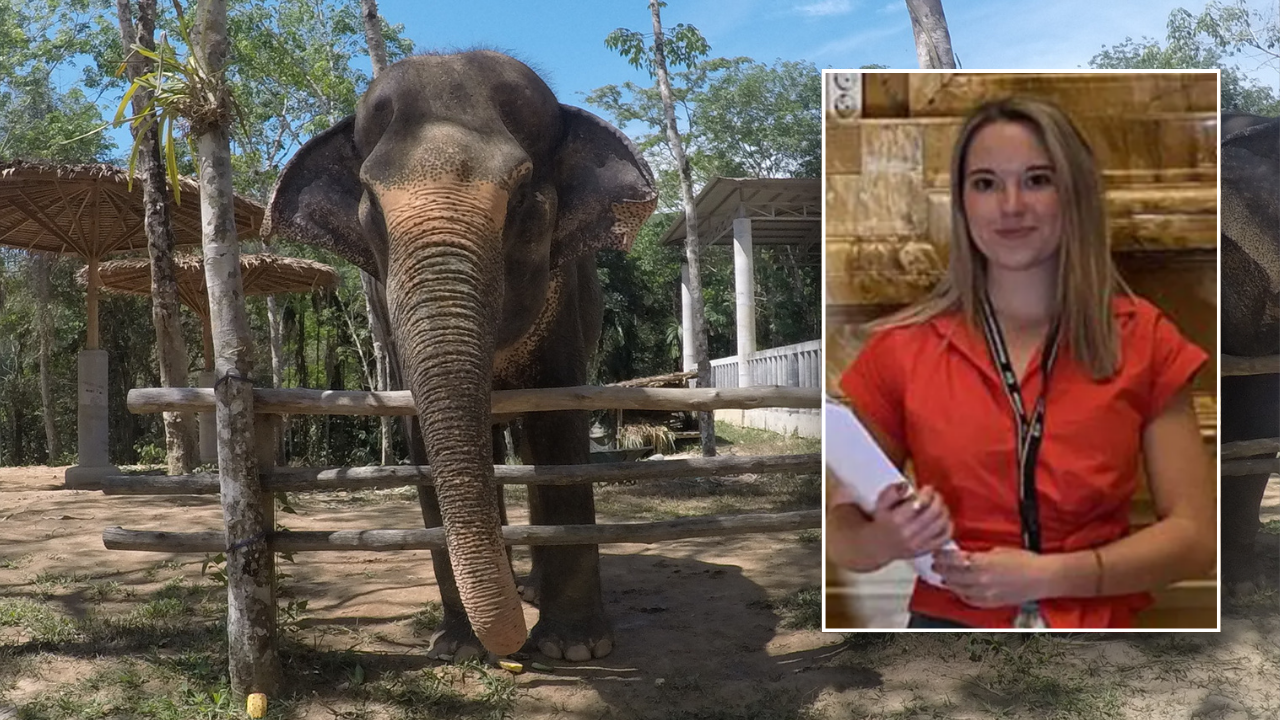Analysis of the first direct dietary evidence from early Americans reveals that mammoth meat made up about 40% of their protein intake. The study, examining isotopes from a 13,000-year-old Clovis infant burial in Montana, provides compelling evidence that early Americans were skilled mammoth hunters rather than generalist foragers.
The research, published in Science Advances, challenges previous theories about early American diets and hunting practices. By analyzing chemical signatures in the infant’s remains, researchers found that these ancient hunters shared dietary patterns with specialized mammoth predators like the scimitar-toothed cat, suggesting a focused hunting strategy that may have contributed to megafaunal extinctions.
Key Takeaways:
- Mammoth meat comprised about 40% of early American protein diet
- Early Americans were specialized mammoth hunters, not generalist foragers
- Findings help explain rapid human expansion across the Americas
Published in Science Advances | Estimated reading time: 4 minutes
Study Details and Implications
Dr. James Chatters of McMaster University and colleagues analyzed isotope data from the Anzick-1 burial site in Montana, where a 18-month-old Clovis infant was discovered with hunting tools. “The focus on mammoths helps explain how Clovis people could spread throughout North America and into South America in just a few hundred years,” notes Chatters.
Dr. Ben Potter, archaeology professor at the University of Alaska Fairbanks, emphasizes how these findings align with other evidence: “What’s striking to me is that this confirms a lot of data from other sites. For example, the animal parts left at Clovis sites are dominated by megafauna, and the projectile points are large, affixed to darts, which were efficient distance weapons.”
By studying chemical signatures in the infant’s remains and adjusting for nursing effects, researchers determined that mammoth meat provided approximately 40% of the mother’s protein intake. Elk and bison/camel meat made up most of the remainder, while small mammals contributed less than 5% to the diet.
Study Limitations
The research team consulted with Native American tribes throughout the study process. While the findings are significant, they represent just one individual from a specific time and region. However, the dietary patterns align with other archaeological evidence from Clovis sites across North America.
Key Terms
- Clovis Culture
- The earliest well-documented human culture in North America, characterized by distinctive stone tools and dating to approximately 13,000 years ago.
- Isotope Analysis
- A scientific method that examines chemical variations in organic remains to determine ancient diets and environments by analyzing the ratio of different forms of chemical elements.
- Megafauna
- Large animals weighing over 100 pounds, such as mammoths, bison, and elk, that were common in North America during the Ice Age.
Test Your Knowledge
What percentage of the analyzed Clovis diet came from mammoth meat?
Approximately 40% of protein intake came from mammoth meat, as determined through isotope analysis of the infant’s remains.
How much did small mammals contribute to the Clovis diet?
Small mammals contributed less than 5% to the diet, contradicting theories that early Americans were broad-spectrum foragers.
What evidence supports the study’s conclusions about mammoth hunting specialization?
The isotope patterns match those of specialized mammoth predators like the scimitar-toothed cat, and align with archaeological evidence of large projectile points and megafaunal remains at Clovis sites.
How might this hunting strategy have influenced human migration patterns?
The reliance on migratory mammoths allowed early Americans to move quickly across large territories, explaining their rapid expansion throughout North and South America.
Enjoy this story? Subscribe to our newsletter at scienceblog.substack.com.



























































